If you have visited your local vape shop or smoke shop lately, you have more than likely seen kratom being sold. There are many kinds and brands that are marketed as a “miracle cure” for many ailments. But what is it really?
Kratom Popularity Takes Off
So every vape shop/smoke shop/head shop I’ve been to lately has kratom in one form or another. This stuff is everywhere it seems! There are even specialty stores for the substance, including bars and pubs that sell kratom tea mixtures like a traditional bar that serves alcohol. But what is this kratom? Why is it in the vape shop? What does it do?
It comes in many strains, brands, names, and forms. The marketing says that kratom is great for recovering opiate addicts, as it is a natural opiate that is for harm reduction. It is also usually marketed as no more harmful than coffee; a “safer” alternative to more malicious substances and medications.
In small amounts kratom acts as a stimulant, likewise, in larger amounts, it acts as a depressant. There is no rule book to what a dose of kratom is for most people. After using it for the first time, it is pretty easy to gauge what your dosage is.
There are Youtube channels dedicated to kratom. You often see it on the news and web blogs. Some celebrities have been seen going to their favorite vape shops in Hollywood and stocking up on kratom. Joe Rogan covered kratom on his show and in his blog.
There is even a documentary film entitled “Leaf of Faith” that you can find on streaming services worldwide. The movie has many celebrities and public figures speaking about the plant and its various uses. The film covers the people that use kratom every day as the last hope to stave off addiction.
Most people either buy it as powder or capsules. In powder form, you can just mix it with liquid and chug it down. Capsules you swallow just like any type of medication. The green powdered leaf can be used, either way, it just depends on the user’s preference.
Sounds pretty innocuous right? I mean, if it is in the coffee family and can help people wean off of dangerous opiates…what could be so bad? It’s been used in Indonesia for centuries right? It’s completely legal, right? Joe Rogan takes it and he is a martial artist, right?
The answer is harder than a simple yes or no. I have a personal relationship with kratom (more on that later), and I have held that relationship for quite a while, as I was an early adopter of the “miracle plant”. So let’s take a (mostly) unbiased look at what kratom actually is, how it works on your body, and the potential downsides.
So What Exactly Is Kratom?
Kratom (Mitrogyna Speciosa of the Rubiaceae family) is a tree indigenous to South East Asia, with leaves containing the psychoactive alkaloids mitragynine and 7-Hydroxymitrogynine. It has a tradition of use by farmers and other manual labor workers in its native region, who claim it increases productivity and reduces fatigue.
The phytochemicals isolated from various parts of the tree include over 40 structurally related alkaloids as well as several flavonoids, terpenoid saponins, polyphenols, and various glycosides. The main psychoactive components in the leaves are mitragynine and 7-hydroxymitragynine, both found only in Mitragyna speciosa.
Kratom sometimes goes by the following names:
- Biak
- Ketum
- Kakuam
- Ithang
- Thom
Kratom also comes in several different “strains”:
- Red (sedating)
- White (Stimulating)
- Green (Balanced)
- Yellow (Fermented/Aged)
- Blends
- Maeng Da
- Borneo
- Horned
- Extracts
Each strain is said to be taken from a different version of the trees, or older growth trees. However, there is little to zero evidence of what impact the strain actually has on the user. Everything you can find as far as evidence is usually anecdotal or word of mouth from other users.
Extracts are very powerful and usually use are a large portion of the leaves to synthesize a smaller, more potent version of kratom. These extracts come in the form of powder and fully prepared alcohol extractions that you use as a liquid tincture. The extract can also be mixed with the plain leaf to create a blend of the two.
There are too many importers and brands to even begin to list. Some users say that the kratom that you find at the vape shop is lesser quality than what you can buy at an “exclusive” retailer. There is no real consensus on the efficiency of the different brands and strains and testing is usually non-existent.
Is Kratom Legal?
Yes, and no. It can be very complicated.
In recent years, the leaves of this plant (usually prepared as a tea or capsules) have been gaining popularity internationally, especially in the USA. Whilst not under international control (as is often the case with ethnobotanical psychoactive compounds) it’s legality varies between regions and countries. Strangely enough, it’s even banned in some of the countries where it is grown.
Little is known about the extent of use in Europe, particularly in countries where it is illegal such as the UK, having been controlled under the Psychoactive Substances Act since 2016. Which happens to be the year that kratom really started to take off in popularity across the internet.
In the USA many websites sell kratom as “speciosa” under the guise of being herbal ingredients for soap. It is also sold as “candle making” materials by online vendors. The ethnobotanical vendors usually have to do this to avoid their merchant services like Visa and Mastercard from not accepting payment. Kratom is like CBD flower and is considered “high risk” by credit card services which results in your merchant account being frozen.
The other problem is testing. Some vendors do their own private testing for contaminants, pesticides, and heavy metals. Some vendors simply bag up the crushed leaf and sell it “as is”. As per law, kratom must be labeled “not for human consumption” on the packaging. It is not approved by the FDA or any other government agency. But what does it do once you’ve taken some?
What Does Kratom Do?
Now that we have the science and definitions out of the way, what happens when you take kratom? Kratom is processed through your liver, and moves on to hit your MU Opiod Receptors. But Kratom is only a partial agonist when it comes to being an opiate. On paper it looks stronger than even Morphine, but the chemical compound is definitely tricky. As is the effect on the human brain.
In animal studies, the anti-nociceptive and cough-suppressant effects of mitragynine were comparable to those of codeine. In mice, 7-hydroxymitragynine was several times more potent analgesic than morphine even upon oral administration. So as you see, the plant is more complicated on paper than it seems at first glance. It’s…tricky.
Technically kratom is definitely in the coffee family of plants. In lower doses it definitely acts as a stimulant just like coffee/coca/cocaine. These doses usually range between .5 grams and 3 grams of the powder.
However the opiate/narcotic effects can be reached also with larger doses. These effects are desirable for people with chronic pain issues or former opiate addiction. These doses lie between 4 grams to 9 grams of powder. At these higher doses, many users make tea rather than capsules.
The effects are usually felt within 10-20 minutes after ingestion. Pupils may dilate or constrict in this time. Nausea is a common symptom with higher doses. Kratom MUST be ingested as it cannot me smoked or administered in any other way except orally.
But that’s all science mumbo-jumbo, right? What actually happens to you when you take it? Users have reported:
- Elevated awareness
- Euphoria
- Alertness
- Pain relief
- Focus
- Sleep
- Lessened appetite
- Motivation
- Anti-depressant effects
- Staves off opiate withdrawals
- Immune Booster
I personally found kratom after a surgery where I had taken opiates for quite some time. It was said to aid in the withdrawal from traditional narcotic painkillers, so I tried it. Lo and behold, it worked. I weaned off of the painkillers.
Kratom not only creates a sense of euphoria, but it energizes you as well, making laborious activities easier. The first two or three hours after a dose is generally very pleasant. It does not necessarily intoxicate you, yet there is a marked difference to your overall demeanor.
Many people also use kratom as a way to self medicate mental illness. The drug certainly puts you in a good mood and makes you more talkative. It is sometimes equated to something like Wellbutrin; which is used for depression, quitting alcohol or other addictions, and is generally considered an all-around “pick me up”.
Higher doses seem to mimic painkillers and also act as a depressant. Many users find that a higher dose at night helps with falling asleep or staying asleep. People with chronic pain have said that they benefit from the pain-relieving properties in the larger doses and the feeling is akin to prescription painkillers.
This makes kratom a very good substitute for someone who takes narcotic painkillers. Kratom can also help to lessen withdrawal symptoms until they eventually subside; Usually, 3-10 days after you quit opiates. This effect also works with illegal street drugs like heroin, to a lesser degree.
But there is a serious downside. I am reminded of the saying: “There is no such thing as a free lunch”. Because let’s be honest, there is some definitive truth in that saying. Nothing is free and eventually, you have to “pay the piper”.
Used in moderation, say…once or twice a week…I can see that kratom can be very beneficial to many people. The problem is that people that use in moderation are not usually the people that take kratom. The vast majority of users are addicts, which by definition cannot use in moderation.
What happens to someone who uses daily doses?
Kratom Potential Side Effects For Daily Users
Unfortunately, there are no long term studies of kratom use by any official scientific agency. This comes from the substance being in a legal “gray area” in most countries. In many countries, it is outright banned to obtain, import, and carry.
It is important to note again that it is nearly impossible to overdose on kratom. Because of the amount you would have to take to reach even the LD50. If you take too much kratom you will usually vomit and it will affect your vision for a short time. In most instances, you can eat something light and lie down for a little while until the effects subside.
Taking too much kratom rarely happens unless you are a casual user. Daily users have a specific dose that they have measured out as a precaution. Changing brands may cause an unpleasant effect if the new brand is more potent.
Many people become a daily user after discovering kratom for a myriad of reasons. Everyday usage in multiple doses is where we start to see problems arise in most cases. This seemingly harmless plant suddenly becomes a real problem for some.
Long-term users have reported many side-effects over the years. The most popular complaints being:
- Constipation
- Weight gain/loss
- Brain Fog
- Memory issues
- Liver damage
- Hair loss
- Dehydration
- Panic attacks
- Anxiety
- Lack of appetite
- Depression
- Vitamin deficiency
- Addiction
While you cannot technically over-dose, there is a rare condition that only occurs in about 5% of the population where first-time kratom use can cause liver failure/toxicity. This can be over a short period of days, or over weeks. The FDA has attributed kratom to 44 deaths and liver failure/toxicity seems to be the main cause.
Kratom is a natural diuretic as well, and it is very easy to end up dehydrated. This can cause damage to your hair, nails, and skin. There is also an uptick in the probability of kidney stones and bladder infections for this reason. This also affects vitamin reuptake.
Daily users have reported abnormal blood work and chemistry changes to their bodies after long term usage. This can cause hormonal imbalances, vitamin deficiencies, depression, and body temperature fluctuation. Hormonal imbalances can cause a whole slew of symptoms like darker skin pigmentation, hair loss, and even Thrush-like infections.
The biggest, and most important problem that can arise in a daily user, is addiction. Daily users that took kratom for more than 2 weeks often reported withdrawal symptoms after their last dose. For someone who has used kratom on a daily basis for more than a year, the withdrawals can be much worse than those of opiates.
Withdrawal From Kratom For Daily Users
Daily users can experience serious withdrawal symptoms. While it certainly isn’t anything life-threatening, it is uncomfortable for many people. The acute withdrawal stage usually lasts 4-14 days and symptoms include:
- Fever/Flu-Like feeling
- Itching
- Nausea
- Runny nose
- Vomiting
- Restless leg syndrome at night
- Sweating
- Weight loss
- Irregular heartbeat
- Dizziness
- Insomnia
- Lack of appetite
- Anxiety
- Depression
While these symptoms are minor compared to say, heroin withdrawal, they are still very life-altering. Most people in recovery recommend taking 3 days off of work to recover if you quit cold-turkey. You can also taper if you want. Tapering lessens the symptoms but draws the process out longer.
Should you quit and be successful with your recovery, there is still a chance that you may develop PAWS: Post Acute Withdrawal Symptoms. PAWS can last for months after you have fully quit. The PAWS is a direct result of changing brain chemistry and is your body’s way of repairing the damage. PAWS is usually described as a lack of motivation, insomnia, and depression.
The harmless plant that is a part of the coffee family is suddenly quite a villain to an addict. Relapses are common since the process of quitting can take so long. But why would you even think about quitting if it has all of these benefits?
My Personal Account Of Kratom Use
I found kratom several years ago in the local vape/smoke shop. After reading online about all of the natural benefits, I decided to give it a try to curb my drinking and opiate appetite. If it worked, I figured that I could get rid of medications.
The thing is; it definitely worked. Well, for a little while.
For about 5 months kratom replaced most of my worst vices and even my morning coffee. Then suddenly, it stopped working completely. I was just ingesting powder to no avail. You develop tolerance pretty quickly, so I doubled my usual dosage in the morning.
Next, I started to use 2 doses a day…and then three. My once a day dose of 3 grams had now become 4 grams, 3 times a day. About a year into daily usage I started to notice the problems.
I would wake up in withdrawal every morning. My brain was in a constant fog. The euphoria from those beginning doses was replaced with a feeling of indifference. I wasn’t angry, sad, or happy. I just existed for years.
I said and did things on auto-pilot. It was like a vacation for my brain and looking back; I can’t remember much from the time I was addicted. I just coasted through life, work, and my relationships with people. I cannot remember movies or books that I consumed during this period either.
I could not create or be imaginative when it came to music and writing. I could not function as a husband. And the reason I started taking this green sludge was gone…I was just maintaining. It killed my personality and replaced it with someone else. But as all of this sounds like a terror to behold, the physical symptoms were worse.
My hair was falling out and I could see my scalp underneath. I do not suffer from male pattern baldness, this was totally the kratom. My heartbeat was irregular. I gained a good amount of weight. My skin was constantly dry regardless of my daily 3 liters of water intake. Dark, puffy circles developed under my eyes. I was always tired, and disinterested.
Then once, I accidentally ran out for two days. I realized just how out of control this had become. I went to an AA meeting, something I had not done for years. I was terrified.
Quitting was difficult because kratom is legal in the USA, and it is everywhere. Even gas stations usually have kratom that you can buy (though the quality is questionable). You can’t go into this blindly or listlessly. You need a plan of action.
I quit cold turkey and it took over a month to feel “normal again”. My hair got better, as well as my skin. My emotions came back in full force and that was almost overwhelming. Your body finally readjusts and you reach your personal baseline. But I paid for that time of cold numbness. I paid in full.
The Verdict
If you’re the type of person who can operate substance use with moderation, then maybe kratom is worth checking out. But those are not the people that I have met and talked to for this article. I met addicts that lived in fear of kratom and all of the woes that come with abusing it.
So is it a harmless leaf? The answer is complicated, isn’t it?
I think for short term use to wean off of stronger and harder drugs, kratom can be a godsend. But that is for very short term use. Kratom has zero long term benefits according to what we know. I have interviewed people that took up to 50 grams off the powder a day just to feel normal. Like many addicts, these people spend their life in a relapse stasis.
For those that do quit, I have never met anyone that said they regretted it.
So there are some facts, some anecdotes, and some gathered data to consider for anyone who is wondering what this plant is. Hopefully, this article comes to mind the next time you’re at the vape store that just started carrying kratom.
If you need help, there are many support groups:
And I would like to thank r/quittingkratom on reddit for allowing me to gather this data, and speak to all of you in this great community. Thank you for your kind words and encouragement to write this article.
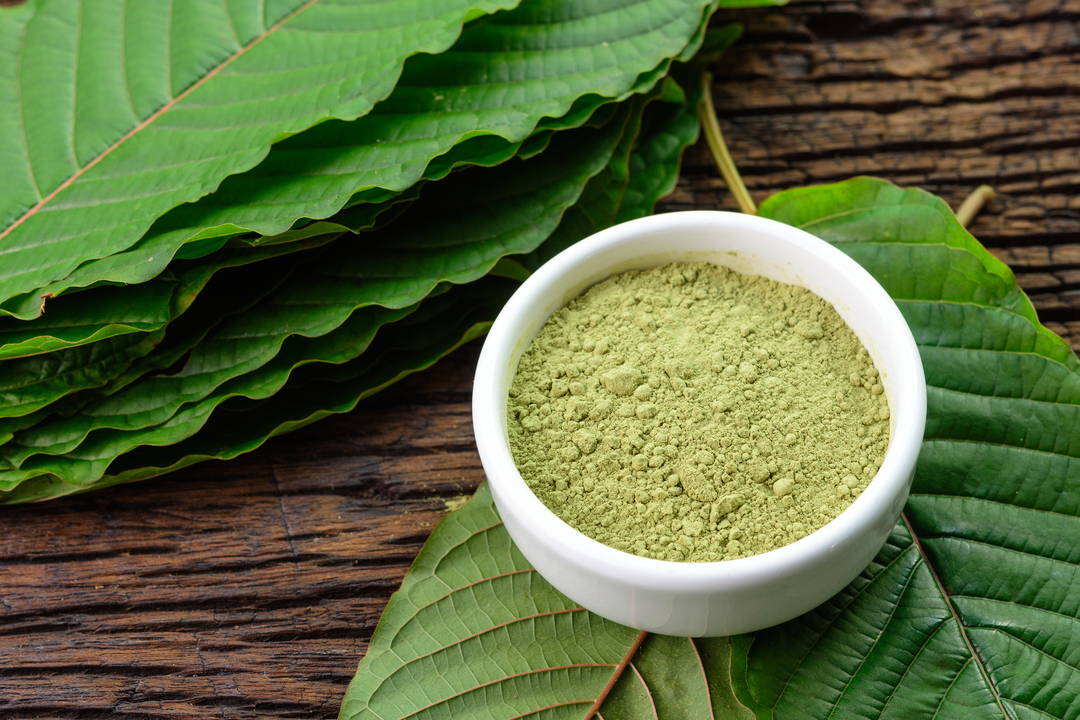
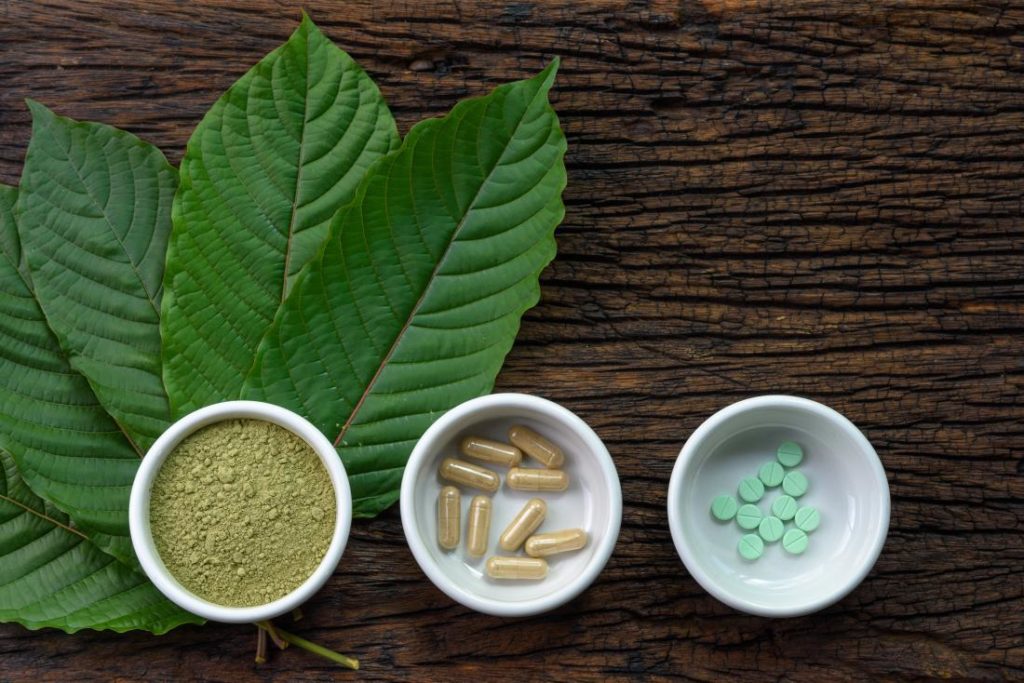
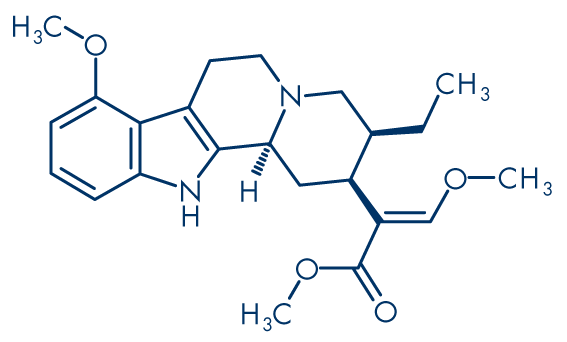
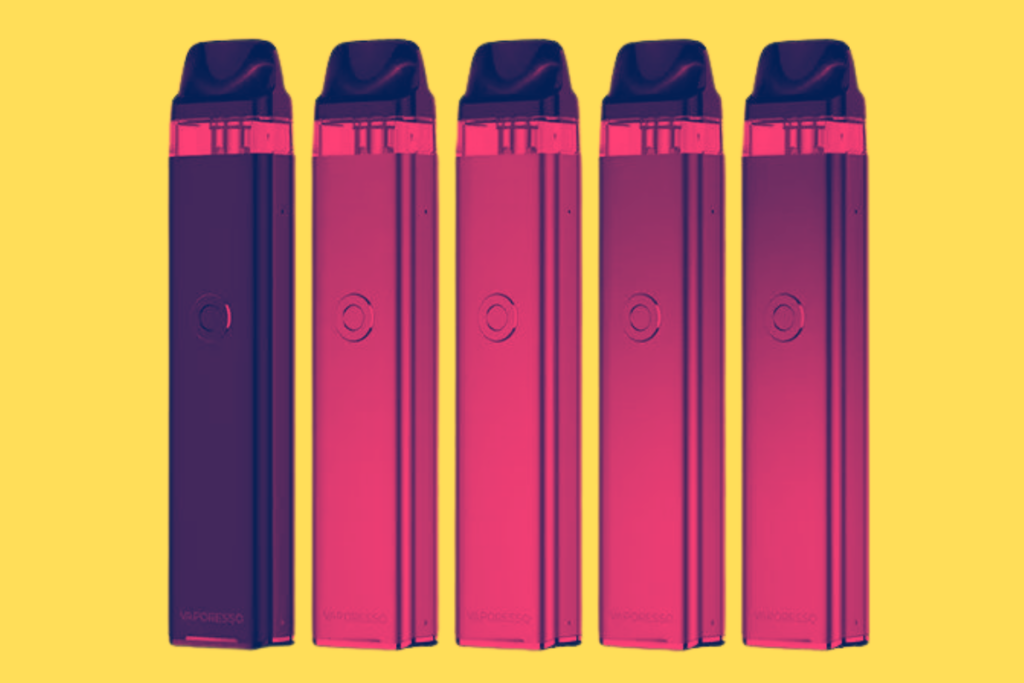
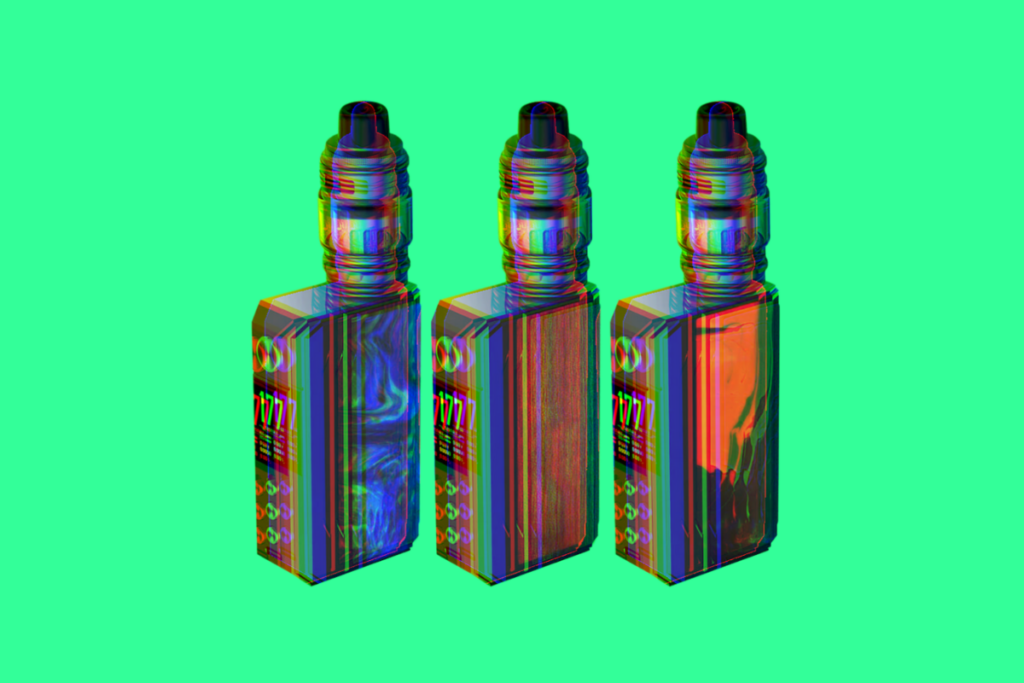


Leave a Reply